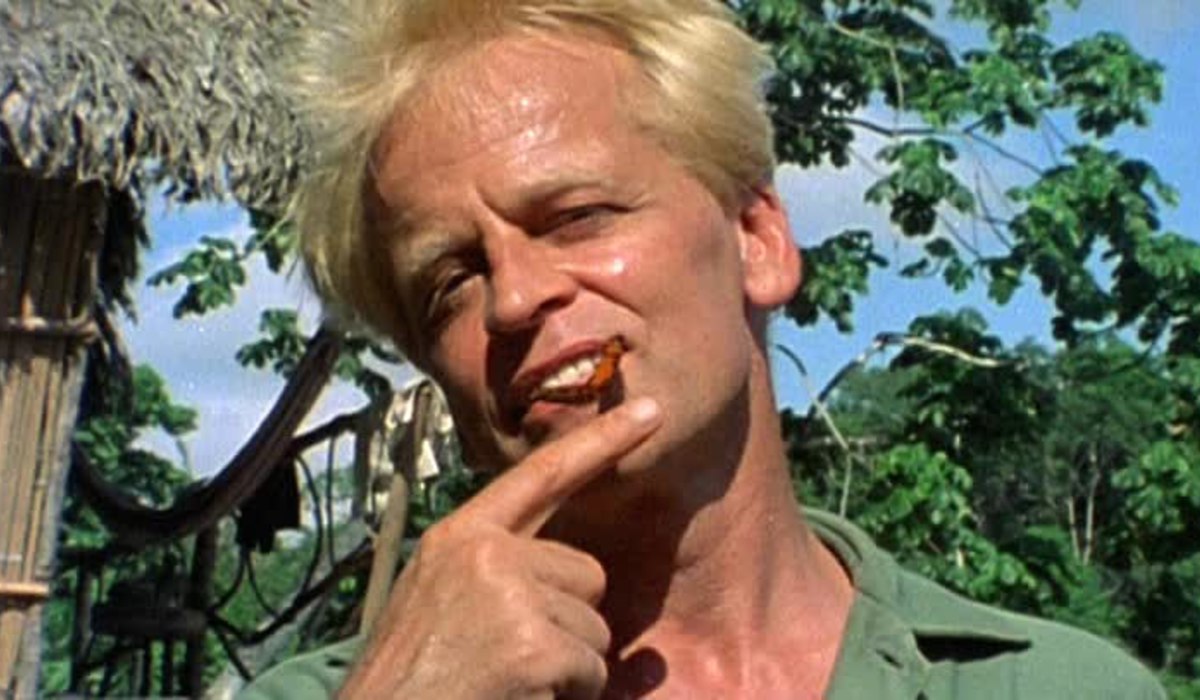
All of Werner Herzog’s films a form of documentary. From his commitment to on-location shooting and inclusion of non-professional actors to his interrogation of the human spirit and nature, even his fiction films reveal more truth about this world than many other filmmakers’ non-fiction works. Herzog plunged himself deep into the Andes to film two of his most iconic films, Aguirre, the Wrath of God and Fitzcarraldo, and cast Bruno S, the protagonist of The Enigma of Kasper Hauser and Stroszek, from a documentary that he had seen about him living his life as a street musician in Berlin.
Despite being arguably most famous for these fiction films, the majority of Herzog’s filmography consists of documentaries. Known for this trademark voice, both in the authorial and vocal sense, Herzog has continually found poetry and beauty within the weird and wonderful of planet earth. Although he is known, and often parodied, for his seemingly bleak and nihilistic outlook, there is also a great sensitivity and compassion in Herzog’s works. He is interested in the strange, peripheral characters of society, making protagonists out of figures that most people would mock or do their best to ignore.
In La Soufriere, Herzog visits a small town at the base of a volcano in the Grenadines that is threatening to erupt to interview a man that is refusing to evacuate his home. In The White Diamond, he becomes fascinated with a local man in Guyana with a surprisingly forthright philosophical view on life who has come to help with the science experiment that they are conducting. Herzog is consistently intrigued by human nature and our relationship with the world around us, often examining cultures that live closer to nature, such as the indigenous peoples of Bakhtia in Siberia in Happy People: A Year in the Taiga, or people from societies more similar to our own that have been forced to survive in nature, such as the survivor of a plane crash in the Peruvian Andes in Wings of Hope.
To Herzog, the natural world is an amalgamation of threat and awe as he films violent volcanoes and unforgiving landscapes with a reverie that inherently connects us as a part of nature ourselves. Dedicated and brave, Herzog continues to throw himself into some of the most dangerous situations imaginable to this day in the name of cinema.
10. Lo and Behold: Reveries of the Connected World (2016)
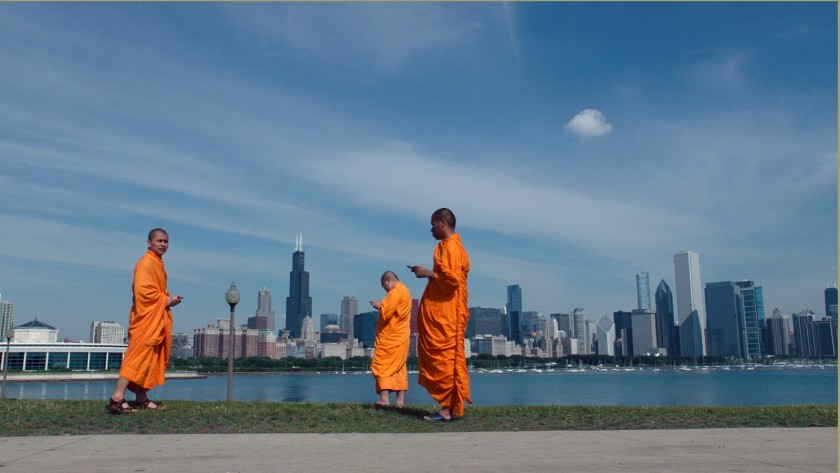
After introducing this list by describing Herzog’s recurring fascination with the natural world, it may seem ironic that in the first film addressed Herzog investigates the modern computer-age. However, Lo and Behold is not just a documentary relaying the history of the internet and interviewing computer geniuses, Herzog uses it to examine the impact that computer technology is having on different people and questions the direction that it will take us in the future.
Herzog begins at the advent of the internet as he visits the University of California and talks to those involved in its creation, who recount cute anecdotes about the first messages ever sent, owning journals that had the names of all of the people on the internet at the time and the general unpredictable state of computer technology in its adolescent stages.
What is most interesting in these interviews is the emphasis that is put on how far the internet has progressed in such a short space of time. After one of the founders describes their journal, Herzog informs us that today that book would be over 72 miles thick. During their lifetimes, these people have watched as their humble work has completely revolutionised modern life at an unprecedented speed to the extent that much of society is now reliant on it to function.
For hundreds of years, humanity and society functioned essentially the same; a self-reliant system in which most things were manually processed, always having at least some human intervention. However, now everything is becoming ever-increasingly virtual. Lo and Behold reminds us that almost the whole world’s business and information is stored and processed through computers that has the potential to be lost in the blink of an eye and asks us to question what would happen if it all crashed around us. How much would society regress after the belief that we have progressed so far?
The positives and negatives of the internet on everyday life has been a widely discussed topic for many years now. In Lo and Behold, Herzog meets various different communities that have been severely affected by the internet in ways that are lesser known. He visits a community that has out-right rejected any technology over the last number of decades with many claiming to suffer from illnesses directly caused by electronic waves and the internet in a way that won’t be unfamiliar to fans of Better Call Saul. Herzog also visits a rehab centre for internet addicts in which the members, many of whom are concerningly young, have been forced to reject the internet for the worry that it was taking over their lives. No matter the debates around the internet, there are some indisputable concerns about the impact it is has on some people’s lives.
However, it is undeniable that the world is going to continue becoming increasingly computer-centric and Herzog questions what this will entail. He interviews an engineer that has aspirations of creating a robot that can play football as well as Lionel Messi as well as asking Elon Musk whether he thinks computers have the potential to dream. Only time will tell whether the concerns and questions raised in Lo and Behold will go down as profoundly prophetic or be looked back on in jest like the crazy inventions of Tomorrow’s World.
9. Into the Abyss (2011)
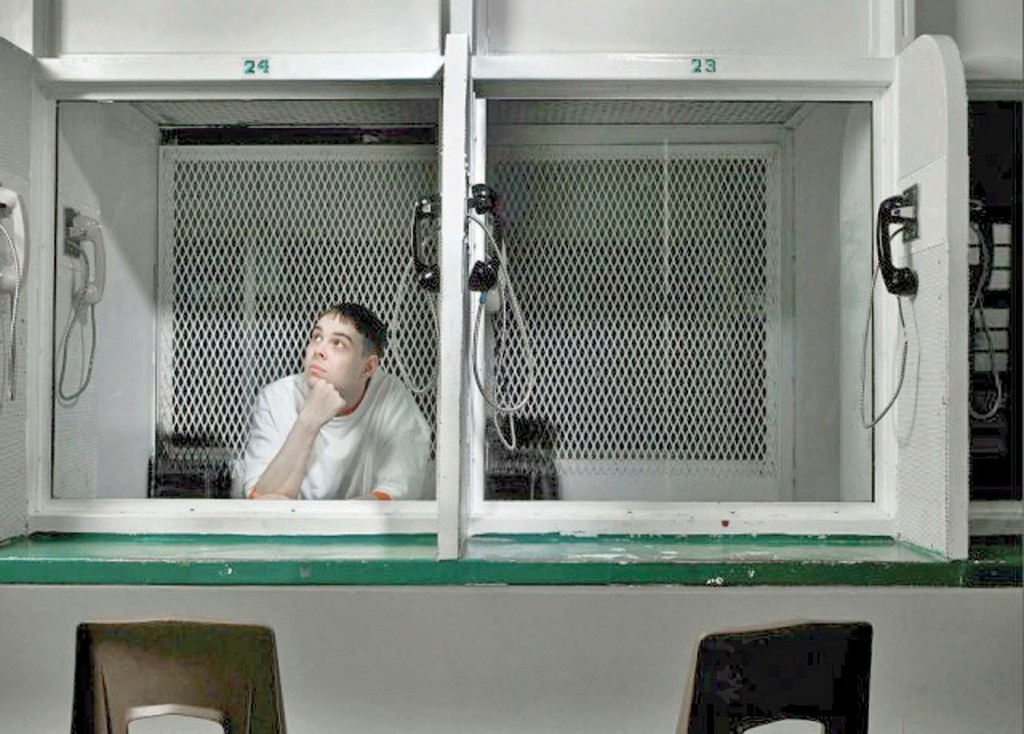
Broaching peoples morbid intrigue around terrifying true crime and the ethics of the justice system, documentaries that interview prisoners on death row are not uncommon in film and television. Into the Abyss focuses on the case of Michael James Perry, who was convicted of triple homicide in 2001 and is eight days away from his execution at the time of filming in 2010. By talking to Perry and various other figures that were affected by his crimes, Herzog humanises everybody involved in Into the Abyss to try and create the clearest judgement on whether this man should be killed for his actions.
The most surprising thing about Into the Abyss is the friendliness of Perry’s demeanour. From the start, he presents himself as a polite, unassuming, chatty character that does not seem capable of committing the heinous crimes for which he has been convicted. Conveyed as more of a dim-witted boy rather than a ruthless killer, we hear about Perry’s life and his version of events as he was, in his mind, coaxed into the killings by his peers.
Homeless and struggling with substance abuse at the time of the crimes, Perry details how his then-friends had picked him up in their car with the intention of stealing another vehicle to go joyriding, which tragically ended in murder. Perry’s youth is forefront throughout as he was eighteen at the time of the crimes and twenty-eight in the days leading up to his death, although he still looks much younger. It is hard not to feel an innate sense of compassion for Perry as it is realised that he is just a man, the type of character that you could meet on any day, and not the dehumanised monster that he appears on paper.
Later, Herzog visits the incarcerated father of one of Perry’s fellow perpetrators, Jason, who is also imprisoned but not awaiting death, highlighting the cycles of violence in society. If you are born into an environment that breeds crime and confusion, is it right that the state that allows these conditions to perpetuate can then murder you themselves when you fall prey to it? This does not absolve any of Perry’s guilt but does call to question the morality of capital punishment.
It is clear throughout that Herzog is against capital punishment, describing it as “rather Old Testament”, but he does not force that agenda upon the spectator, mostly allowing the audience to judge for themselves based upon meetings of the different people involved. He brings a sympathy to both sides of the crime, of course always expressing condolences and compassion to the family of the victims while treating the prisoners in an unjudgmental, personal fashion.
Ultimately, Into the Abyss is a story that begins with three deaths and ends with another and we are asked to ponder whether that is justice.
8. Encounters at the End of the World (2007)
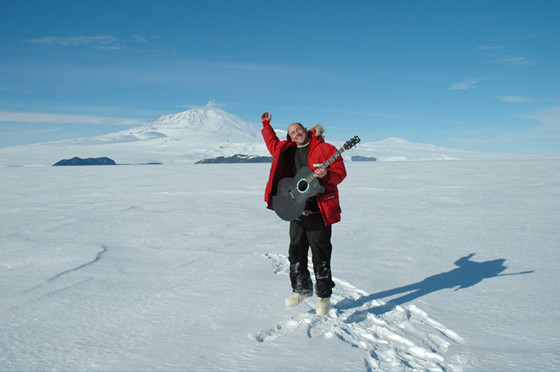
In Encounters at the End of the World, Werner Herzog’s bleak, nihilistic persona is matched to his environment as he documents the work of scientists in the desolate Antarctic tundra. Inspired to make it after seeing one of the party’s camera footage in the water beneath the ice, Encounters at the End of the World presents the simultaneously beautiful yet terrifying nature of Antarctica while also examining what attracts scientists from all over the world to this barren, unforgiving wasteland.
Although it is a documentary, at times it is difficult to distance Encounters at the End of the World from a science-fiction film. Aside from parallels with John Carpenter’s The Thing with scientists conducting experiments at the south pole and a likeness in name to Spielberg’s Close Encounters of the Third Kind, Antarctica is presented as a completely alien land, resistant to human habitation and home to bizarre and menacing creatures. The outstretched tentacles of a pale starfish looking creature in particular would not look out-of-place wrapped around John Hurt’s face, impregnating him with alien eggs. An almost apocalyptic vision of earth is presented as the despairing white expanse of the Antarctic landscape, where only the most defiant of evolutions creations can survive, really makes it feel as if Herzog is presenting us with “the end of the world”.
Herzog’s Antarctica is a kingdom of oxymorons. As Herzog investigates beneath the ice, the footage is both somehow calming and unsettling as the still serenity of the open water promises that it has beasts somewhere within that could at any time float into view. The water is both claustrophobic yet bottomless as the ice above seals a tight lid over the drowning abyss. There is a grotesque beauty to the appearance of all the weird and wonderful life that somehow continues to survive under there. Meanwhile, the surface appears completely barren and insignificant yet it is of utmost intrigue to the researchers that spend each day trying to find out more about it.
However, Encounters at the End of the World isn’t all desolation and dread. Whether it is intentional or not, there are moments of humour as Herzog, in his typically dry and gloomy way, asks a researcher whether penguins can become depressed by living out their pointless, repetitive lives in such a despairing landscape and describes a penguin’s journey into oblivion as it wonders away from its colony into the Antarctic nothingness. Granted, it is a melancholy form of humour but there is a chuckle to be had at Herzog’s complete pessimism in the face of some of the most beloved animals on earth.
7. Into the Inferno (2016)
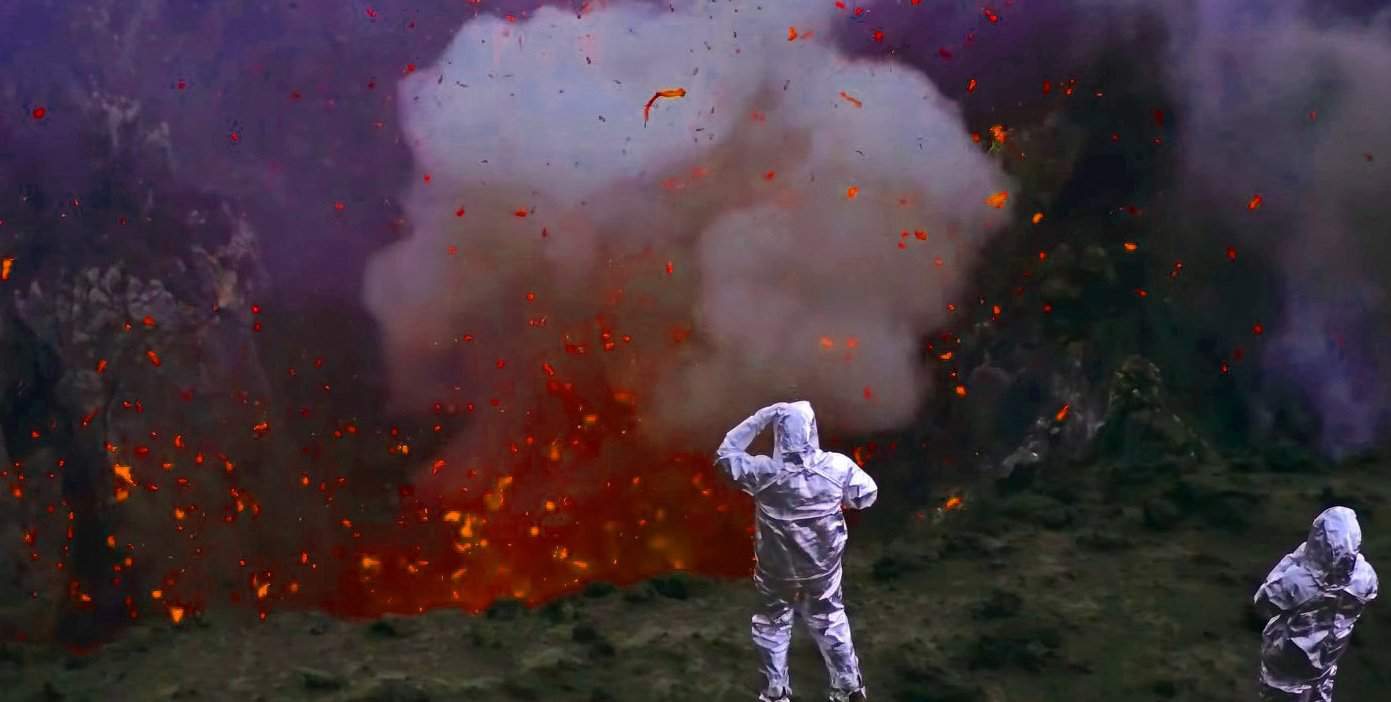
Collaborating with Clive Oppenheimer, a volcanologist that he met while filming Encounters at the End of the World, Herzog’s Into the Inferno is, unsurprisingly, a documentary about volcanoes. Providing both a scientific and mythic view of the natural wonders, Herzog and Oppenheimer visit various volcanoes around the world, interviewing different cultures on what the landmarks mean to them while Oppenheimer works to reduce their potential to cause catastrophes.
Volcanoes are evidently a point of fascination for Herzog as he has revolved two other films around them with his 1977 short documentary La Soufreire and his 2016 fiction film Salt and Fire. Herzog’s respect for the phenomenon is clear as he opens this film with images of magma bubbling and dancing to choral music, depicting them with awe while always aware of their capacity for destruction. Despite this, towns and cities all around the world still happily live around them in the knowledge that they could lose everything if they were to erupt.
By visiting volcanoes across the world, Herzog seeks to find out why these people stay so close to such danger and how it impacts their lives. To a village on one of the islands of Vanuatu, the fires of their volcano hold the spirits of their dead. When visiting Indonesia, Herzog and Oppenheimer visit a research station at the base of a volcano that has equipment designed by Oppenheimer to be able to predict eruptions after a deadly blast in 2010. However, Herzog states after this that the real reason for their journey to Indonesia was to chase the “magical side” of the volcano as locals enact a ceremony to appease the demons inside of the volcano.
Into the Inferno is an insightful and intriguing documentary that balances the weight of the science and story behind the magmatic mountains while reminding us that as much as we think that humanity has colonised nature, it is still deeply mysterious and we are still at its mercy.
6. My Best Fiend (1999)
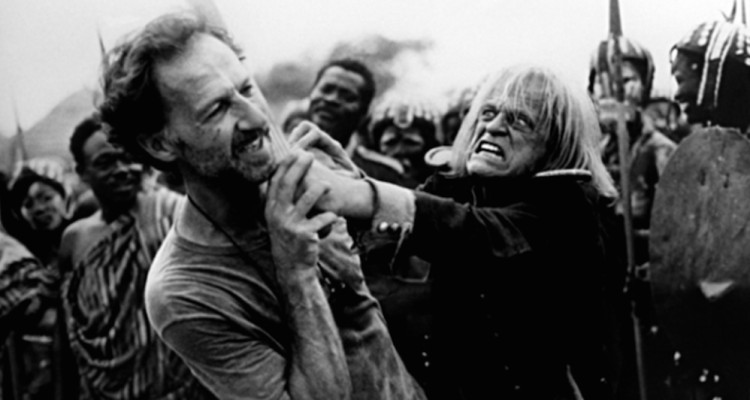
In My Best Fiend, Werner Herzog recounts stories of his tumultuous collaboration with the infamously difficult Klaus Kinski. From the time that they lived together by chance in a small apartment during Herzog’s adolescence to directing Kinski in the depths of the Peruvian jungle, the pair had an antagonistic relationship due to Kinski’s maniacal tirades and unpredictability. However, Herzog clearly had some sort of affection for the actor as they collaborated on five films together and formed something of a semblance of a friendship.
Herzog makes it clear that Kinski was irrefutably a nasty, difficult man with enough shocking anecdotes about their time together to extend the film for another few hours. From smashing bathrooms to shooting extras and from terrorising assistant directors to threatening to quit shooting in the middle of the Andes, Kinski’s unobtainable rage could manifest in many forms. Herzog laughs at the times now but was famously less entertained at the time as he threatened to kill both Kinski and himself if the actor were to leave the shoot for Aguirre, the Wrath of God in the last days of its wrapping up. Also revealed is Kinski’s arrogance as he went on sell-out tours around Germany just to rant at crowds his belief that he was the embodiment of Christ and was certain that the Indigenous people of the Andes were his friends, despite them genuinely asking Herzog if they could kill him because they despised the actor so much.
Despite this, what shines through in My Best Fiend is Kinski’s immense talent. Herzog describes seeing him in a 1950’s war film and remembering it two decades later as he chose to cast Kinski in Aguirre. Kinski was able to filter his energy and passion into unforgettable performances, whether it was as the furiously determined Aguirre, the passionate dreamer Fitzcarraldo or the silent, creeping Nosferatu. There are some fond memories of working with Kinski for Eva Mattes who describes the sensitive and sympathetic side that she knew of him. However, after knowing the further stories and accusations that have come out against Kinski from his children since the making of this documentary, these minor redemptive factors are completely overshadowed.